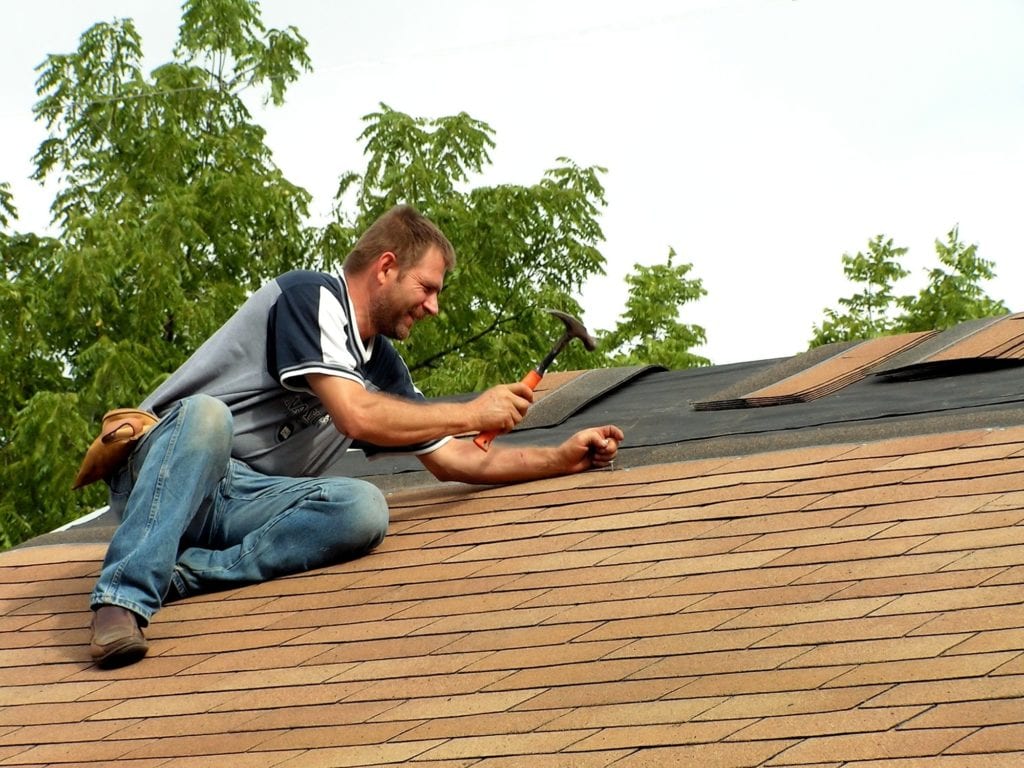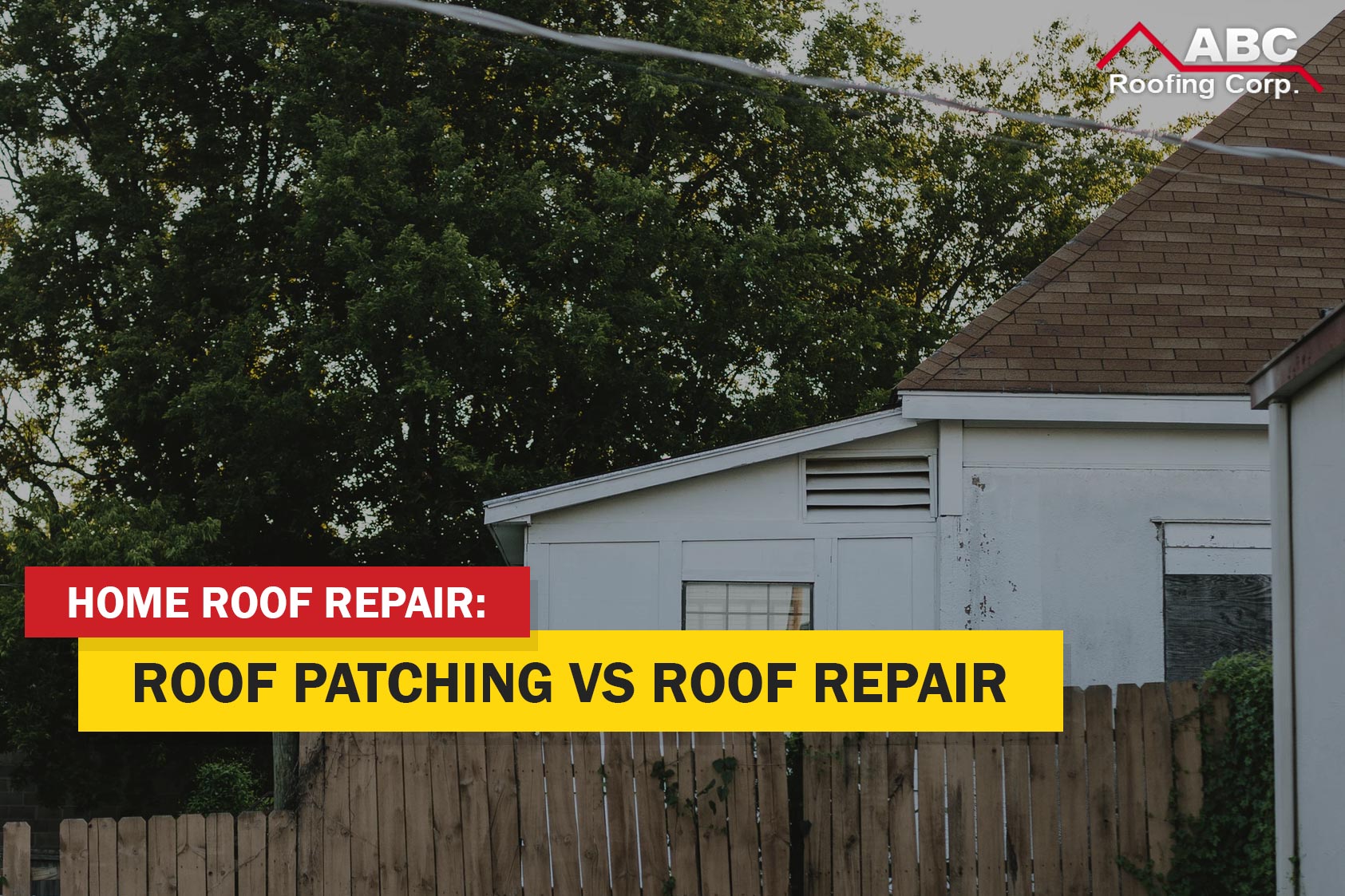Oahu Roofing: Dependable Roofing Solutions for Houses and Businesses
Oahu Roofing: Dependable Roofing Solutions for Houses and Businesses
Blog Article
Recognizing the Different Sorts Of Roofs: A Comprehensive Guide for Homeowners
In the world of homeownership, selecting the appropriate roof covering design is a decision that carries significant implications for both capability and visual allure. With a selection of options-- ranging from the typical gable to the contemporary flat-- each kind offers special benefits and obstacles that should straighten with the home owner's details requirements and ecological factors to consider. Understanding these differences not just aids in making an informed choice however also influences long-lasting maintenance and power performance. As we check out the complexities of numerous roof kinds, it ends up being evident that a person size does not fit all; the right option may stun you.
Gable Roofings
Saddleback roofs, defined by their triangular shape, are amongst one of the most preferred roof designs as a result of their simplicity and effectiveness in losing water and snow. This design features two sloping sides that meet at a ridge, enabling effective drain and minimizing the risk of water accumulation. The high pitch frequently associated with gable roofings improves their capacity to deal with heavy precipitation, making them suitable for numerous climates.
Along with their sensible advantages, gable roofings provide visual convenience. They can be adapted to various building designs, from typical to modern-day homes. The layout can also fit additional features such as dormer windows, which improve natural light and air flow in the attic space.
Furthermore, saddleback roofs supply adequate area for insulation, adding to power performance. House owners can choose from a range of roofing materials, consisting of asphalt roof shingles, metal, and floor tiles, even more boosting personalization choices.
Regardless of their benefits, saddleback roofs may need added support in locations susceptible to high winds or heavy snowfall. On the whole, the gable roofing system stays a popular choice as a result of its mix of functionality, toughness, and aesthetic charm.
Flat Roofs
Level roof coverings are frequently recognized for their minimal design and sensible applications, especially in business and industrial setups (oahu roofing). These roof coverings include a nearly horizontal or straight surface area, which permits easy building and flexible space use. While they might lack the visual charm of angled roofs, level roofing systems supply many benefits, specifically in urban atmospheres where taking full advantage of space is crucial
Among the key advantages of flat roof coverings is their accessibility. Property owners can make use of the roof area for numerous purposes, such as rooftop yards, balconies, or photovoltaic panel installments. Furthermore, flat roofings are commonly extra cost-effective to maintain and set up compared to their sloped equivalents, as they call for less products and labor.
Nevertheless, flat roof coverings do present specific challenges. Appropriate drain is important to prevent water merging, which can result in leakages and architectural damage. Therefore, picking premium waterproofing materials and normal evaluations are important for making sure longevity. Common products made use of for flat roofing systems include built-up roof (BUR), modified bitumen, and single-ply membranes, each offering distinctive benefits. On the whole, flat roofs offer as a practical and versatile choice for numerous house owners and companies alike.
Hip Roofings
Hip roofing systems are defined by their sloped sides that merge at the top, creating a ridge. This layout stands out from gable roofings, as all 4 sides of a hip roof slope downwards towards the wall surfaces, offering a much more secure framework. The angle of the slopes can vary, enabling versatility in building looks and functionality.
One of the key benefits of hip roofing systems is their capacity to withstand heavy winds and negative weather. The sloped surface areas enable better water drainage, decreasing the risk of leakages and water damage. In addition, hip roof coverings offer increased attic room room, which can be utilized for storage space or perhaps exchanged habitable locations.
However, constructing a hip roofing can be a lot more pricey and complex than less complex roofing system kinds, such as gable roofing systems. The additional material and labor included in developing the inclines and guaranteeing appropriate architectural integrity can result in higher costs. Regardless of these disadvantages, lots of homeowners prefer hip roofing systems for their toughness, aesthetic charm, and possibility for energy effectiveness.
Mansard Roofings
Mansard roofing systems, frequently recognized by their unique four-sided layout, attribute two inclines on each side, with the reduced incline being steeper than the top. This building style, originating from France in the 17th Discover More Here century, is not just cosmetically appealing yet useful, as it makes the most of the useful room in the upper floors of a structure. The steep lower slope enables for even more clearance, making it an ideal choice for attics or lofts, which can be exchanged living areas.
Mansard roofings are identified by their convenience, fitting numerous architectural designs, from conventional to contemporary. They can be built with various products, including asphalt tiles, slate, or steel, supplying property owners with a series of alternatives to suit their budget plans and choices. Additionally, the layout permits for the assimilation of dormer home windows, improving all-natural light and air flow in the top levels.
Nevertheless, it is vital to take into consideration the prospective drawbacks. Mansard roofing systems might call for even more upkeep as a result of the complexity of their style, and their steep slopes can be challenging for snow and rain drainage. Overall, mansard roofings incorporate sophistication with functionality, making them a prominent option among property owners looking for distinctive building features.
Shed Roofing Systems
As property owners increasingly look for simpleness and functionality in their building layouts, lost roof coverings have arised as a preferred selection. Characterized by a single sloping airplane, a shed roofing presents a minimalist visual that complements different home designs, from modern to rustic.
Among the primary benefits of a shed roof covering is its uncomplicated building, which often converts to lower labor and material costs. This design permits effective water drainage, reducing the threat of leakages and water damages. Furthermore, the vertical incline supplies ample area for skylights, enhancing natural light within the interior.
Dropped roof coverings also use convenience in regards to usage. They can be effectively incorporated right into enhancements, garages, or outside frameworks like pavilions and sheds. Furthermore, this roofing system design can suit numerous roof covering materials, consisting of steel, asphalt tiles, or perhaps environment-friendly roofings, lining up with green efforts.
Nevertheless, it is important to consider local climate problems, as heavy snow loads may demand modifications to the roof covering's angle or structure. Overall, dropped roof coverings offer a useful and visually pleasing option for property owners seeking to make best use of performance without jeopardizing design.
Conclusion


Gable roofs, characterized by their triangular form, are among the most preferred roofing designs due to their simplicity and performance in dropping water and snow. oahu roofing. The steep pitch website here typically associated with gable roofing systems enhances their capability to deal with hefty precipitation, making them suitable for numerous climates
While they may do not have the aesthetic allure of pitched roofings, flat roofing systems supply many benefits, especially in city environments where optimizing area is crucial.

Report this page